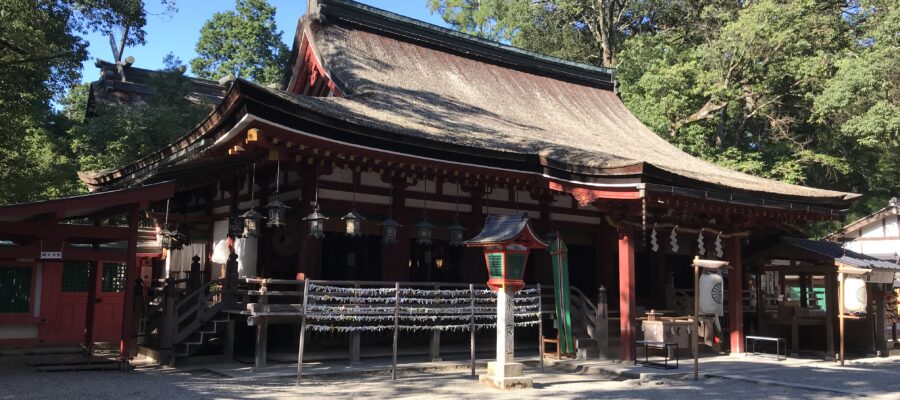日本最古の神社のひとつ
日本書紀にも登場する石上神宮は、日本最古の神社のひとつです。古代の豪族、物部氏が石上神宮を氏神として仰いでいました。日本書紀にも石上神宮と物部氏に関する話が載っていて、石上神宮に納められた一千口の剣の管理が物部氏に委ねられ、以後、物部氏が石上の神宝を治めることになったそうです。
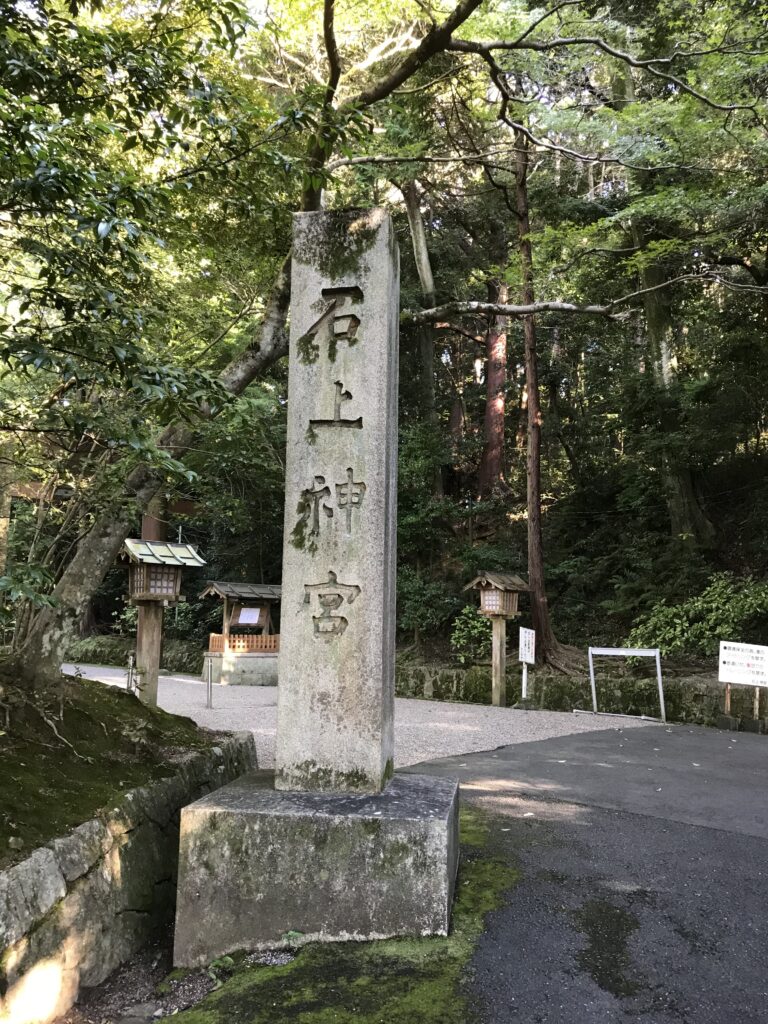
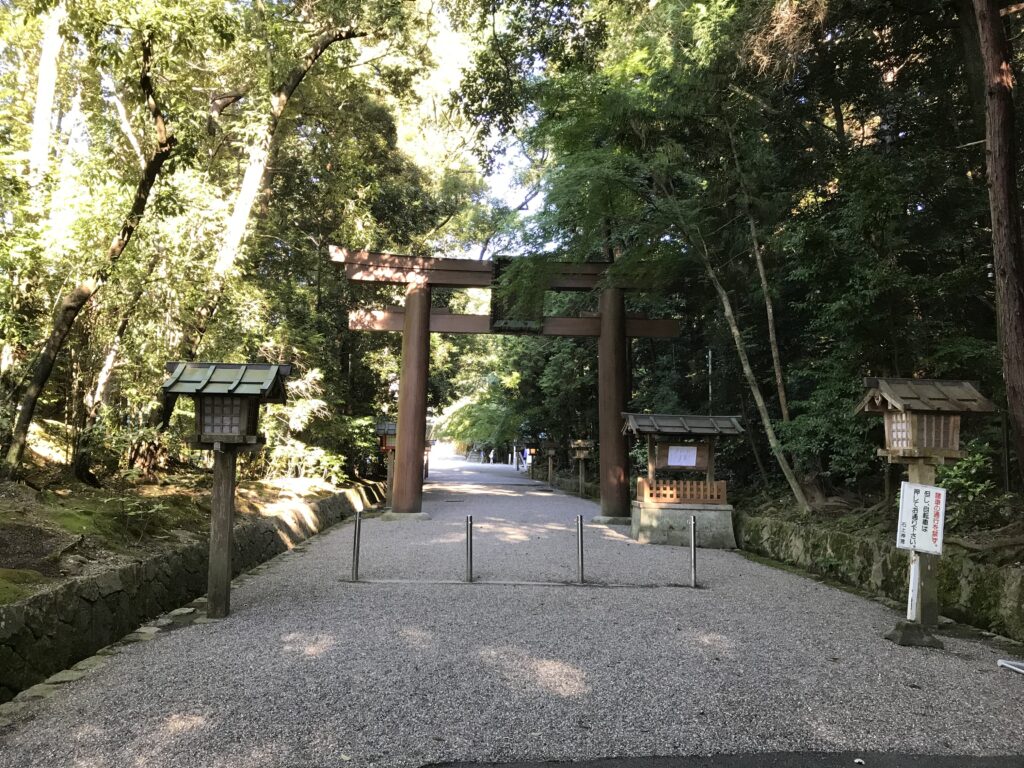
鶏が闊歩する境内
境内に入ると、どういう訳か鶏?がいます。食用や卵用ではなくて、観賞用の黒色や茶色の鶏です。ぼんやり歩いていると追いかけられてしまいます。鶏舎の前の道は、奈良市垣と桜井市三輪を結ぶ山辺の道で、これまた日本書紀にも登場する古代の道です。古代の誰がこの道を通ったのか、想像するだけでも楽しいところです。
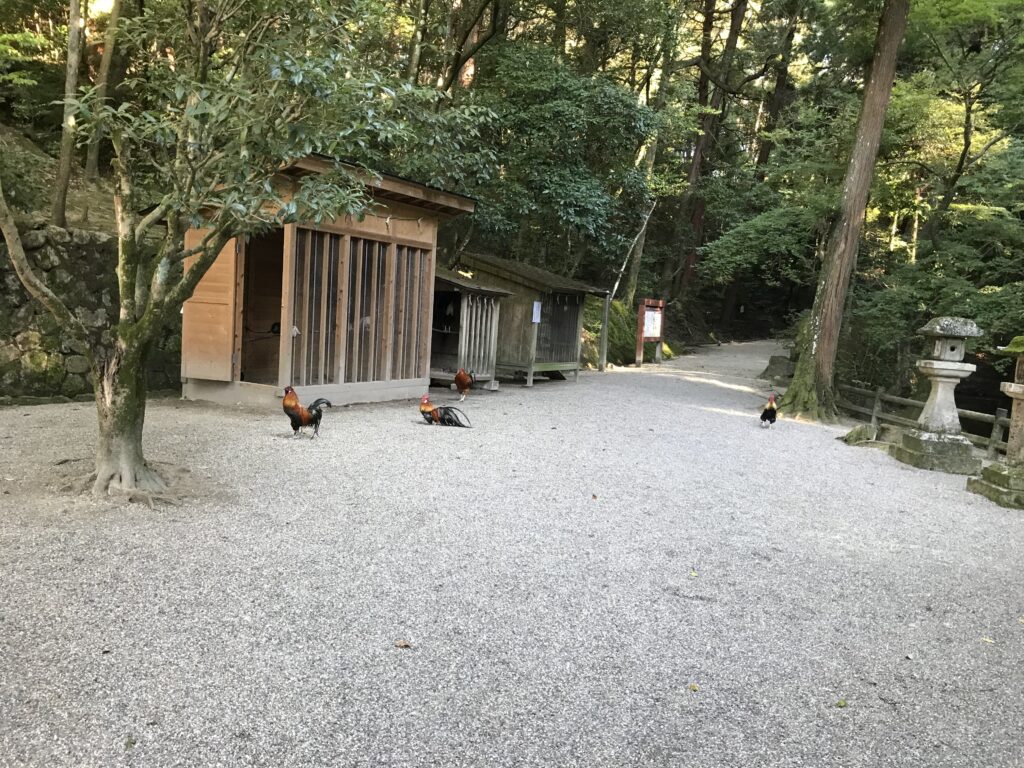
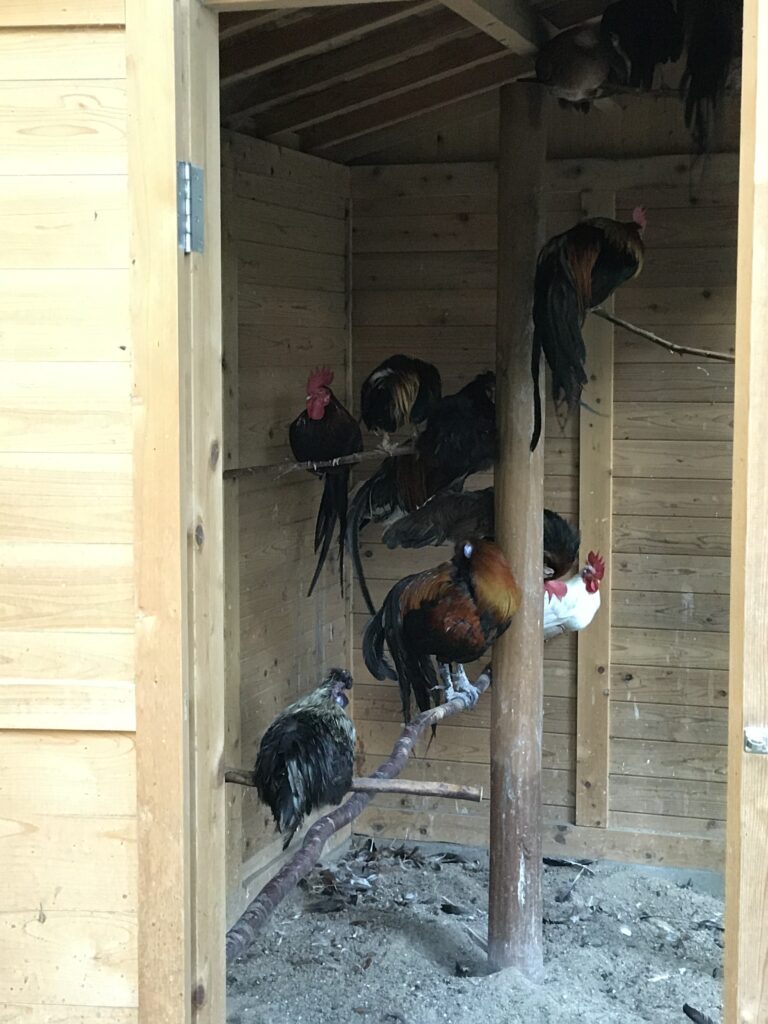
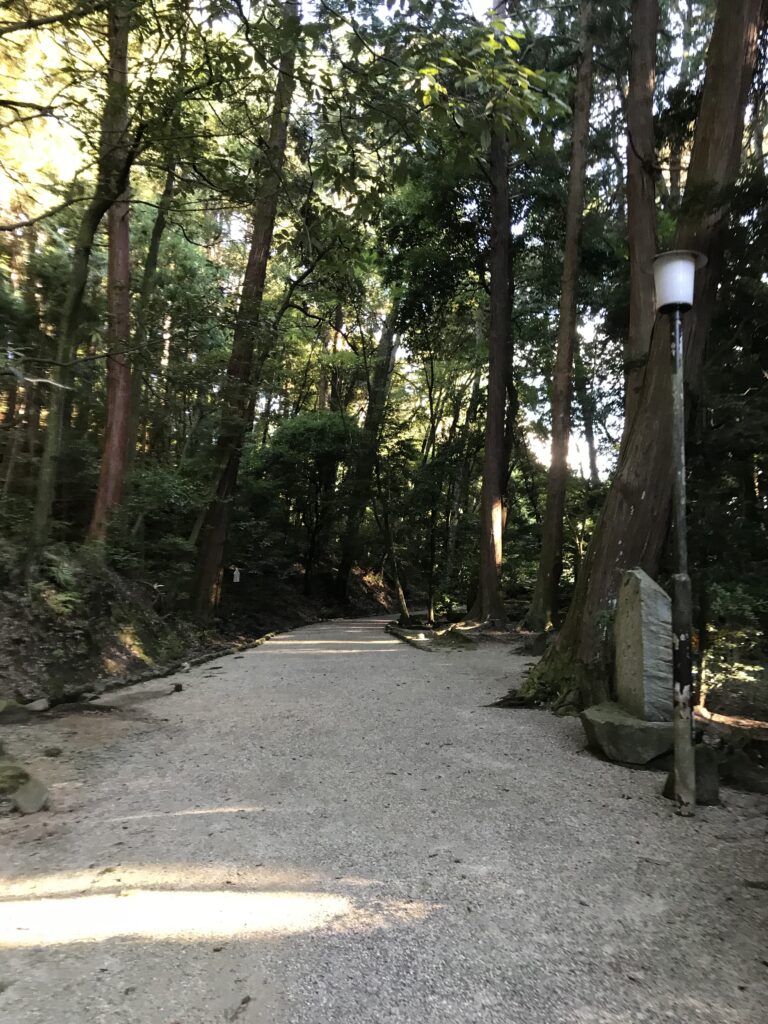
さて、この神社が所有する刀も有名です。名刀何何という日本刀ではなく、古代の刀で儀式用と思われる、七支刀(国宝)です。ネットで調べていただくと、形状を見て、歴史の教科書で習ったことを思い出すかも知れません。最近は刀剣ブームなので、ネットを見ないでも、形状をイメージできる方も多いでしょう。
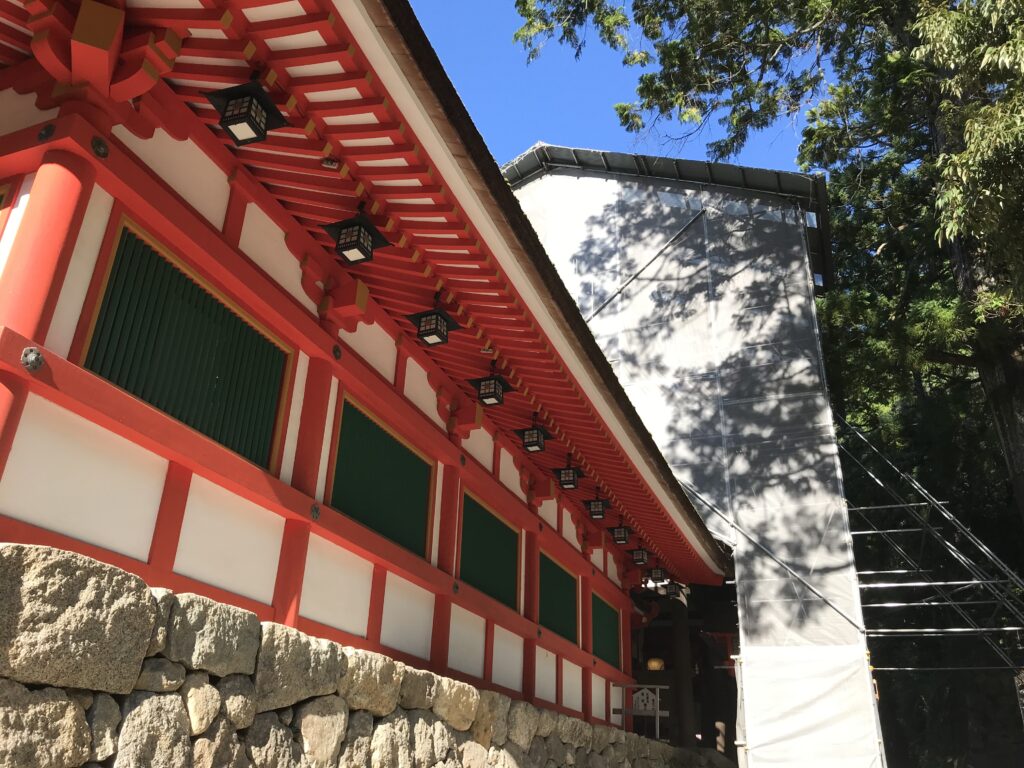
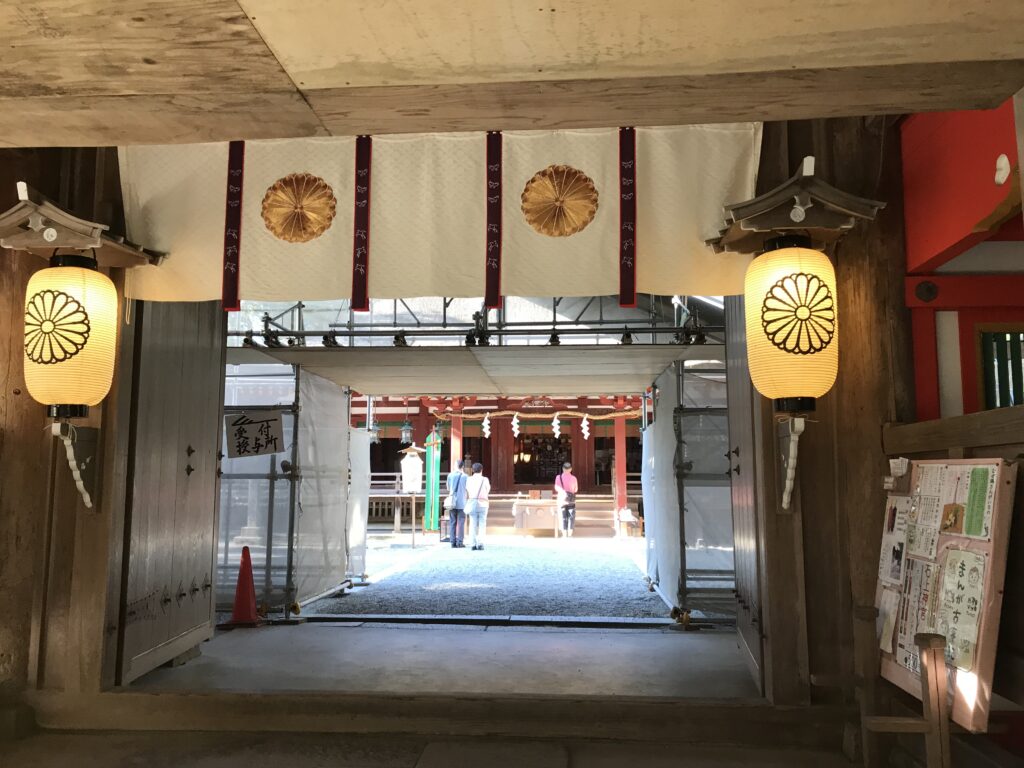
拝殿と本殿
訪問した際は、楼門を補修工事中でした。中にも国宝の拝殿があります。本殿はもともとなかったそうです。拝殿の後ろにある禁足地に主祭神を祀っていました。しかし、神権が発掘されたため、本殿を新たに建てるようになったそうです。
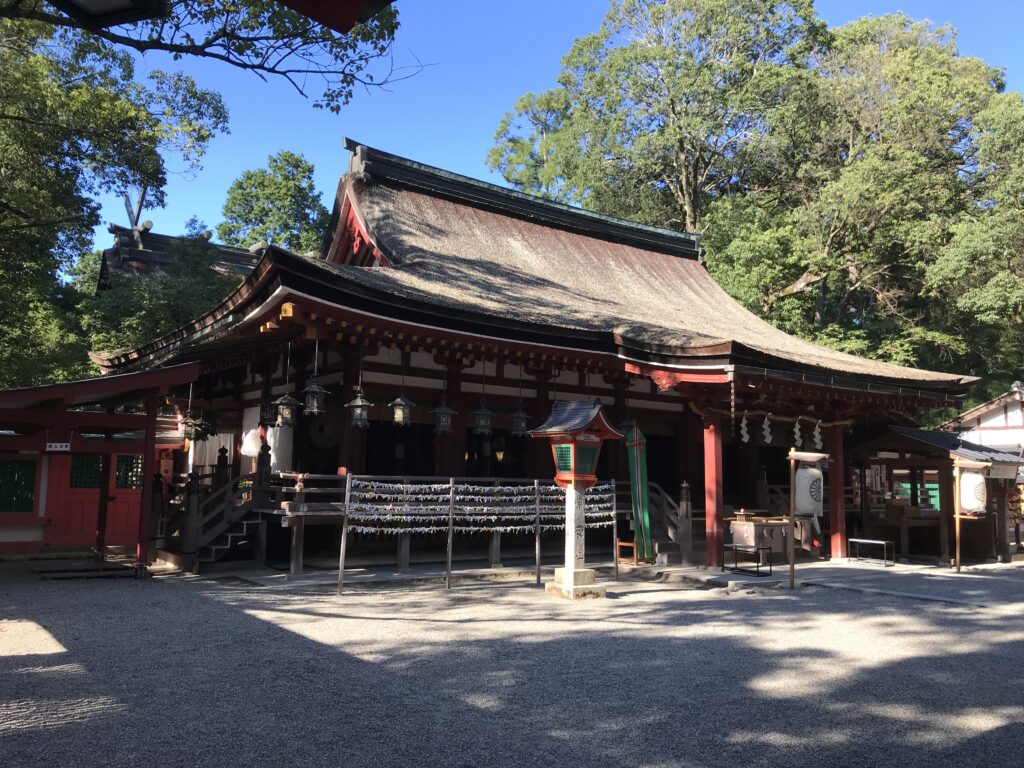
古い神社ですので、長い歴史の中、栄枯盛衰が繰り返されました。中でも戦国時代、織田勢の乱入により社頭は破却され、壱千石と称した神領も没収されて衰微し、明治になって社運を盛り返したそうです。(完)
石上神宮の御朱印
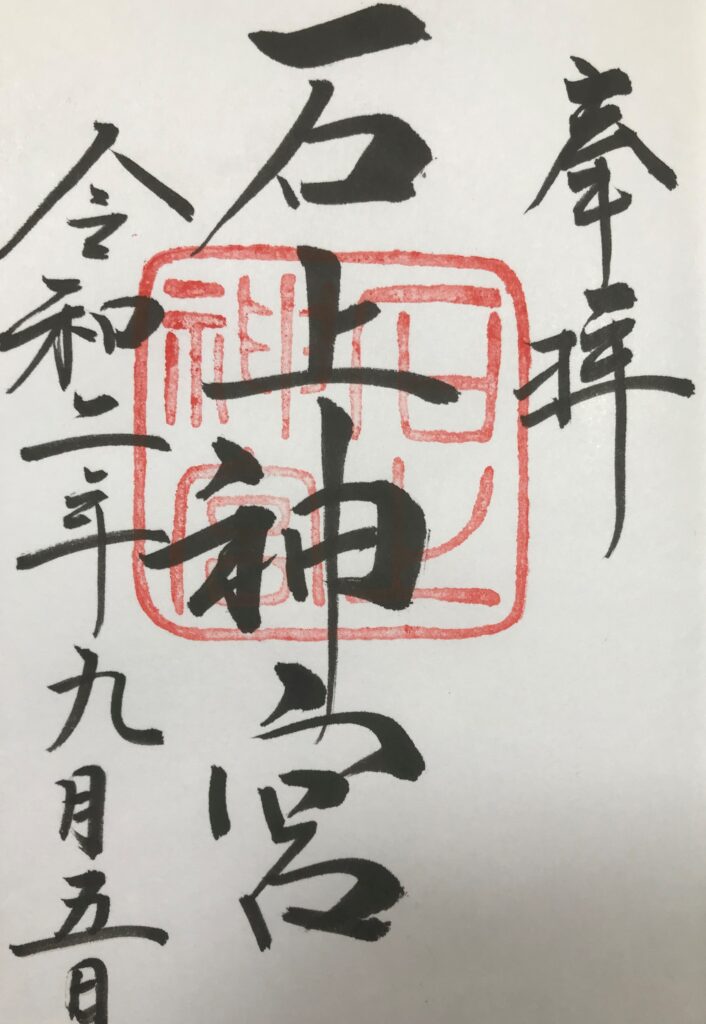
石上神宮が紹介されている書籍
神仏霊場会の公式ガイドブックに石上神宮が紹介されています。
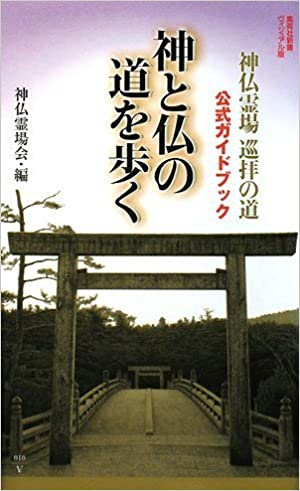
神と仏の道を歩く 神仏霊場巡拝の道公式ガイドブック (集英社新書ヴィジュアル版) [ 神仏霊場会 ]
価格:1,466円
(2021/5/6 09:24時点)
感想(5件)
Isonokami Jingu Shrine
Isonokami Jingu Shrine, mentioned in the Chronicles of Japan, is one of the oldest Shinto shrines in Japan. The Monobe clan, a powerful ancient clan, worshipped Isonokami Jingu Shrine as their clan deity. The Chronicles of Japan also mentions Isonokami Jingu Shrine and the Mononobe clan, and it is said that the Mononobe clan was entrusted with the management of the 1,000 swords that were kept at Isonokami Jingu Shrine, and from then on, the Mononobe clan ruled over the sacred treasures of Isonokami.
When you enter the precincts of the shrine, for some reason, there is a chicken? It is not for food or eggs. They are not for food or eggs, but ornamental black or brown chickens. If you walk around aimlessly, you will be chased by them. The road in front of the chicken coop is the Yamanobe Road connecting Nara City and Miwa, Sakurai City, and is also mentioned in the Chronicles of Japan. It is a fun place just to imagine who passed this way in ancient times.
The shrine is also famous for the sword it owns. It is not a famous Japanese sword, but an ancient sword (a national treasure) that is thought to have been used for ceremonial purposes. If you look it up on the Internet, you may remember what you learned in your history textbooks when you see the shape of the sword. Recently, swords are very popular, so many people may be able to imagine the shape of the sword without looking on the Internet.
When we visited, the tower gate was under repair. There is also a worship hall inside, which is a national treasure. The main hall of worship was not originally there. The main shrine was enshrined in a forbidden area behind the hall of worship. However, since the priesthood was excavated, a new main hall was built.
Since it is an old shrine, it has had a long history of rise and fall. During the Warring States period (1467-1568), the shrine was destroyed by the Oda invasion, and the shrine’s territory of 1,000 koku was confiscated and declined. (The shrine’s fortunes were restored in the Meiji period.)(End)

本気で学ぶ中・上級フランス語 [音声DL付] [ 吉田 泉 ]
価格:3,190円
(2023/1/9 11:56時点)
感想(0件)
Sanctuaire Isonokami Jingu
Le sanctuaire Isonokami Jingu, mentionné dans les Chroniques du Japon, est l’un des plus anciens sanctuaires shinto du Japon. Le clan Monobe, un ancien clan puissant, vénérait le sanctuaire Isonokami Jingu en tant que divinité du clan. Les Chroniques du Japon mentionnent également l’Isonokami Jingu Shrine et le clan Mononobe, et il est dit que le clan Mononobe s’est vu confier la gestion des 1 000 épées qui étaient conservées à l’Isonokami Jingu Shrine, et à partir de là, le clan Mononobe a régné sur les trésors sacrés de l’Isonokami.
Lorsque vous entrez dans l’enceinte du sanctuaire, pour une raison quelconque, il y a un poulet ? Ce n’est pas pour la nourriture ou les œufs. Ils ne sont pas destinés à la nourriture ou aux œufs, mais des poulets noirs ou bruns d’ornement. Si vous vous promenez sans but, vous serez poursuivis par eux. La route devant le poulailler est la route Yamanobe qui relie la ville de Nara à Miwa, ville de Sakurai, et est également mentionnée dans les Chroniques du Japon. C’est un endroit amusant juste pour imaginer qui passait par là dans les temps anciens.
Le sanctuaire est également célèbre pour l’épée qu’il possède. Il ne s’agit pas d’un sabre japonais célèbre, mais d’un sabre ancien (un trésor national) qui aurait été utilisé à des fins cérémonielles. Si vous le recherchez sur Internet, vous vous souviendrez peut-être de ce que vous avez appris dans vos manuels d’histoire en voyant la forme du sabre. Ces derniers temps, les épées sont très populaires, si bien que de nombreuses personnes peuvent imaginer la forme de l’épée sans regarder sur Internet.
Lors de notre visite, la porte de la tour était en réparation. Il y a également une salle de culte à l’intérieur, qui est un trésor national. La salle de culte principale n’était pas là à l’origine. Le sanctuaire principal était enchâssé dans une zone interdite derrière la salle de culte. Cependant, depuis que le sacerdoce a été fouillé, une nouvelle salle principale a été construite.
Comme il s’agit d’un ancien sanctuaire, il a connu une longue histoire d’ascension et de chute. Pendant la période des États combattants (1467-1568), le sanctuaire a été détruit par l’invasion d’Oda, et le territoire du sanctuaire de 1 000 koku a été confisqué et décliné. (La fortune du sanctuaire a été restaurée pendant la période Meiji.)(Fin)
